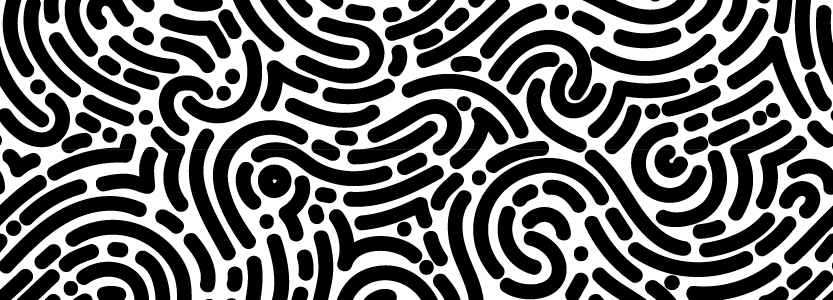EXPLORE
Béatrice Joyeux-Prunel & Nicola Carboni
A platform for navigating images of printed globalization.
Which images have been more global than others? To detect them, abandoning our cosmos and Cultural Analytics, we have designed an atlas visualization interface, which allows us to efficiently visualize the groups of images most reproduced in our printed material of the first twentieth century. Its name: Clusterwalk. It allows us to walk among the groups of images (clusters) reported by the machine. Its small name is also a tribute to the engineer who developed it for us, and whose initials are close. Cédric Viaccoz, what would we do without him?
The platform VisualContagions/Explore arranges the groups of similar images formed by our computers, according to the title of the source, the place and the date of publication of each image.
The interface displays these images in a default order: the most international and numerous clusters at the top. On the page that displays them, each cluster is reduced to a group of three images, which can be expanded if you want to examine all the images in the cluster. By travelling through the thousands of clusters gathered from the corpus, we can identify the most internationally distributed groups of images, sorting out those that would be most interesting from those for which the machine has made incongruous assemblages.
EXPLORE shows us some of the blockbusters of print culture from the past. It gives an overview of the most reproduced images and visual themes in the illustrated press that constitutes our corpus.
We had to spend weeks immersed in the flood of printed illustrations seen by our grandmothers, great-grandfathers and their parents. We had to sort out what the machine's prism degrades and what it highlights; to test whether the machine had not forgotten anything; to sort out certain groupings when the computer gathered images by mistake; to group together clusters separated by the computer, but which were based on the same motifs, the same page layouts or the same themes.

